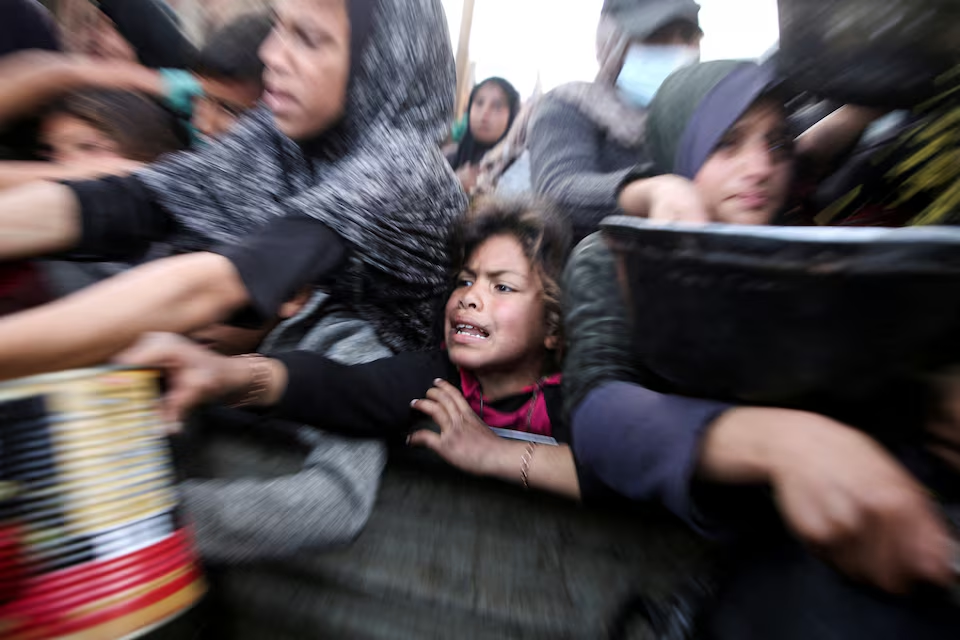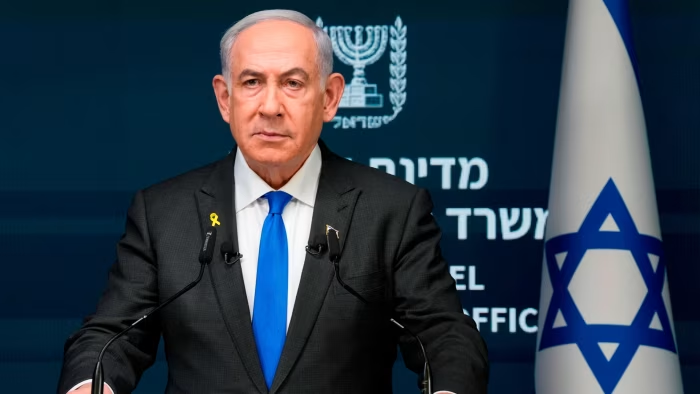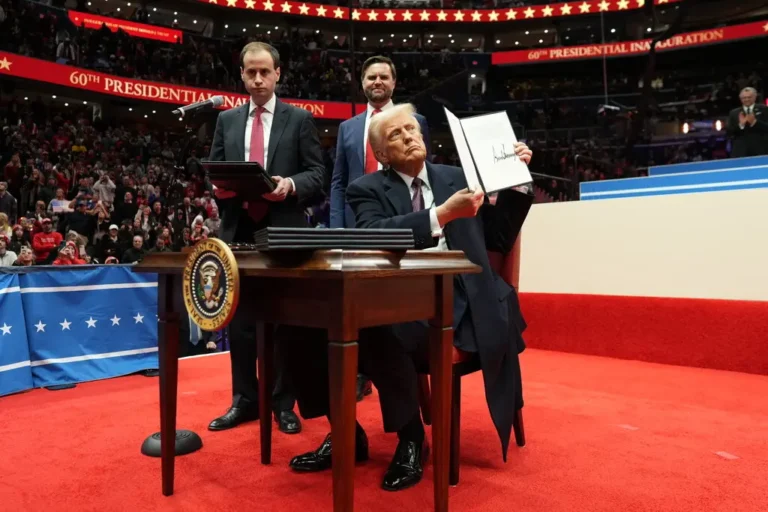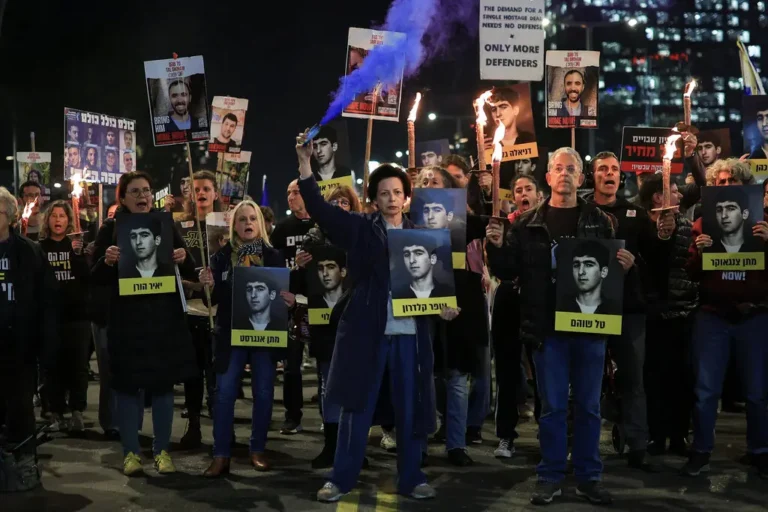Israeli cabinet approves Gaza ceasefire Deal with Hamas, Hostages Set for Release
In a significant development, Israel’s cabinet approved a ceasefire agreement with the Palestinian militant group Hamas, aimed at ending the 15-month-long conflict in the Gaza Strip. Prime Minister Benjamin Netanyahu’s office announced the approval early on Saturday, following an extended meeting that lasted over six hours. The agreement, set to commence on Sunday, also includes provisions for the release of hostages held by Hamas.
Framework for Hostage Release
Netanyahu’s office confirmed the government’s ratification of the framework for the hostages’ release, with the process expected to begin on Sunday. This decision marks a potential turning point in the ongoing conflict in Gaza, which has seen intense fighting and significant casualties.
Despite the ceasefire agreement, hostilities persisted in Gaza on Saturday. Israeli warplanes continued heavy bombardments, and tanks shelled areas in eastern Zeitoun, Gaza City. Airstrikes targeted central and southern regions of Gaza, resulting in the deaths of five individuals in the Mawasi area near Khan Younis, as reported by local medics.
Escalating Casualties
The Palestinian Civil Emergency Service reported that 123 Palestinians had been killed by Israeli attacks since the ceasefire accord was announced on Wednesday. In addition to the violence in Gaza, tensions escalated as sirens sounded in Jerusalem and Tel Aviv. The Israeli military intercepted a missile launched from Yemen, with no reported casualties.
International Mediation
The ceasefire agreement, facilitated by international mediation, is backed by U.S. negotiator Brett McGurk, who stated that the plan was progressing as scheduled. The Qatari foreign ministry confirmed that the ceasefire would take effect at 06:30 GMT on Sunday. The White House anticipates the release of three female hostages to Israel in the afternoon, coordinated through the Red Cross. McGurk expressed confidence in the agreement’s readiness, emphasizing that all details had been meticulously locked down.
Phases of the Ceasefire Agreement
The ceasefire deal comprises three stages, beginning with an initial six-week phase focused on the exchange of hostages and prisoners. During this phase, 33 of the remaining 98 Israeli hostages, including women, children, and elderly or ill captives, are to be freed. In return, Israel will release nearly 2,000 Palestinian detainees, among them 737 individuals convicted of attacks that killed Israelis and hundreds detained since the war began.
The Israeli Justice Ministry disclosed details of the prisoners early on Saturday, in line with the ceasefire agreement, which stipulates the release of 30 Palestinian prisoners for each female hostage on Sunday.
Military Preparations
The Israeli military is preparing to receive the hostages, ensuring they receive appropriate physical and psychological support. The process is being carried out with meticulous attention to detail. Following Sunday’s release, the agreement outlines a continued release of four female hostages after seven days, followed by three more hostages every subsequent seven days.
Opposition Within the Israeli Cabinet
Despite the cabinet’s approval, the agreement faces opposition from hard-liners within Netanyahu’s coalition. National Security Minister Itamar Ben-Gvir and Finance Minister Bezalel Smotrich both expressed disapproval, threatening to resign unless the government resumes military action against Hamas after the initial phase of the ceasefire.
Ben-Gvir criticized the agreement as a capitulation to Hamas, while Smotrich insisted on the necessity of defeating the group.
Background of the Conflict
The current conflict escalated after Hamas fighters entered Israel on October 7, 2023, resulting in the deaths of approximately 1,200 Israelis and the taking of 250 hostages. In response, Israel launched a comprehensive military assault on Gaza, which has led to extensive destruction, over 46,000 deaths, and multiple displacements among Gaza’s population of 2.3 million.
Broader Implications
If successful, the ceasefire could reduce tensions in the broader Middle East, where conflicts have spread to involve Iran and its proxies, including Lebanon’s Hezbollah, Yemen’s Houthis, and armed groups in Iraq and the West Bank.
Humanitarian Crisis and Aid Efforts
Gaza civilians have been enduring a severe humanitarian crisis, grappling with hunger, cold, and sickness. The ceasefire agreement includes measures to increase humanitarian assistance, with international organizations ready to dispatch aid to Gaza. The UNRWA reported having 4,000 truckloads of aid, half of which are food supplies, prepared for entry into the enclave. This ceasefire deal is seen as a critical step towards alleviating the humanitarian crisis and potentially ending the prolonged conflict in Gaza.






